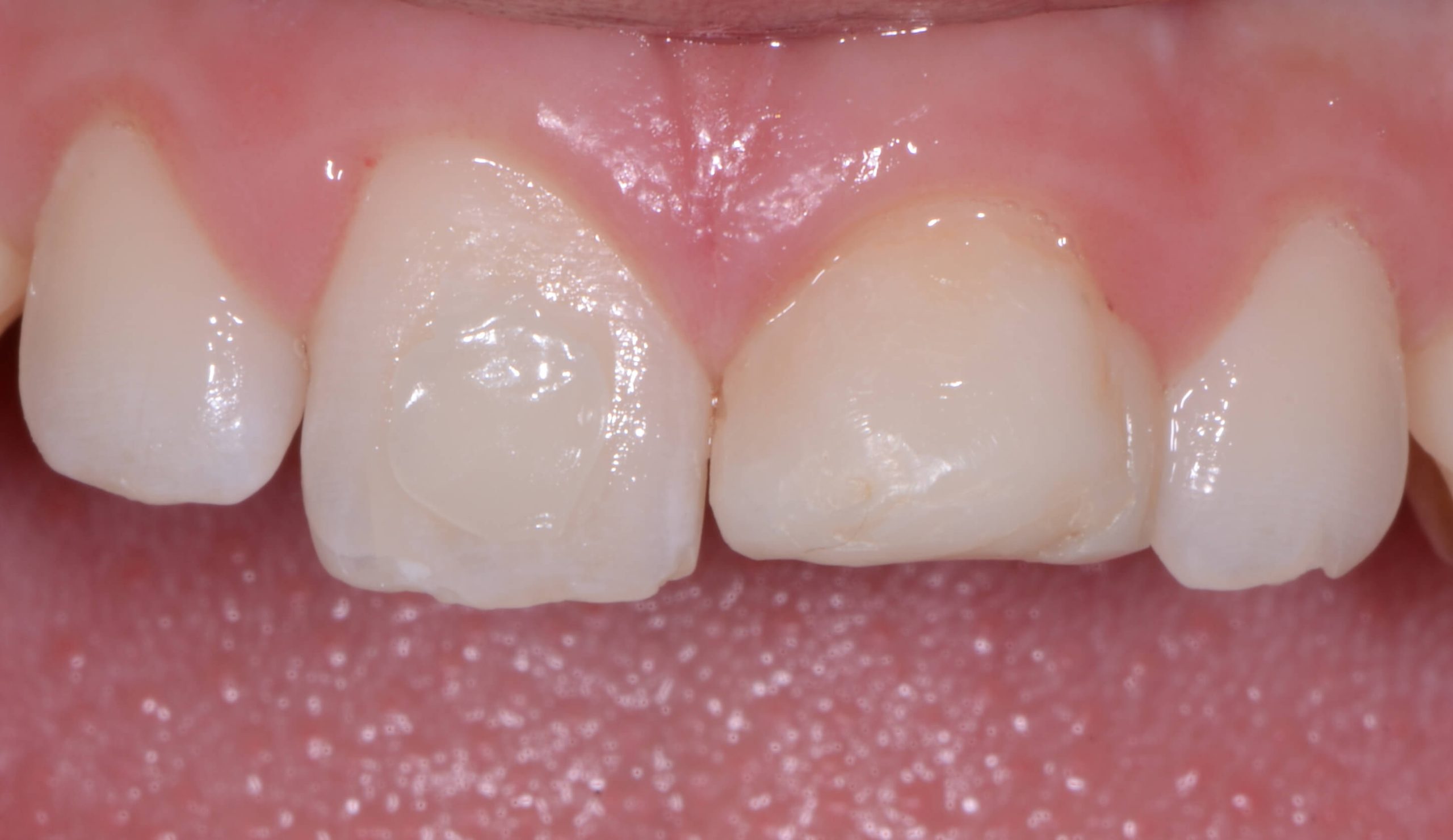
Choosing Value First
Why You Should Determine Value Before Chroma and Hue When Matching Shades for Composites
The true artistry of the dental profession tends to show itself in many of the more challenging requirements of cosmetic dentistry. One of these areas where we can express our esthetic skills is in shade matching for composites. The struggle arises in understanding the various properties of natural-looking teeth and determining what visual aspects to match first.
Composites 101: Defining ‘Shades’ and Their Components
Before you can begin to choose which aspects of a natural ‘shade’ to preference, it’s integral to delve into the nature of these complex components.
Reflectiveness and translucence combined determine the appearance of a tooth. Reflective properties are especially important for shade matching because this is the true definition of ‘value.’ Value tends to be defined as the coloring on a range of white to grey, but it’s actually a measure of tooth reflectiveness.
Other esthetic qualities of dentin and enamel include ‘chroma’ and ‘hue.’ A classic numeric scale of 1 (lowest) to 4 (highest) is used to judge chroma, which simply refers to the intensity of a color. Hue, on the other hand, is generally deconstructed into the letters A, B, C, and D. These indicate the names of color.
‘Shade’ is simply the end result when all three parameters of value, intensity, and hue are viewed together. The key lesson here is that these parameters must be matched separately. To achieve the best case outcome, you must rank them according to importance.
Should You Shade Match for Value, Chroma, or Hue First?
This is where things get tricky and we start to juggle multiple considerations at once.
Layering is paramount because dentin shades and light properties differ in composites versus real dentin. This is also true for enamel shades. Added to these differences is the fact that dentin and enamel do not have the same amounts of reflectiveness and translucence. Basically, you have dentin and enamel discrepancies between composites and real teeth in addition to the discrepancies that exist between dentin and enamel.
Precision will impact the final appearance of the tooth, so it’s important that you layer composites to get around these discrepancies. The composite materials selected should match for value before chroma and chroma before hue. Because final value is a blend of the individual values of every composite layer, you must consider that each layer is not going to be representative of your intended value. They build on one another to create life-like reflectiveness and translucency.
A Method You Can Use for Determining Value in Composites
My favorite method for constructing an esthetically superior value is to start the appointment with layering. I plan what composite shades I want to combine ahead of time and work efficiently so that inevitable teeth dehydration doesn’t affect my results.
I layer the materials on the labial of the adjacent tooth in their final thicknesses and photograph the outcome. This allows me to see if my chosen combinations match my esthetic goals and troubleshoot if the composite doesn’t disappear against the tooth. When I’m not happy with the look, I easily pop the composite off the tooth and re-do the process. I only begin to contemplate chroma and hue once I’ve matched the value.
How do you troubleshoot shade matching issues in your esthetic cases? We’d love to hear your perspective in the comments!
Related Course
E1: Aesthetic & Functional Treatment Planning
DATE: December 10 2026 @ 8:00 am - December 13 2026 @ 2:30 pmLocation: The Pankey Institute
CE HOURS: 39
Dentist Tuition: $ 6900
Single Occupancy with Ensuite Private Bath (Per Night): $ 355
Transform your experience of practicing dentistry, increase predictability, profitability and fulfillment. The Essentials Series is the Key, and Aesthetic and Functional Treatment Planning is where your journey begins. Following a system of…
Learn More>






